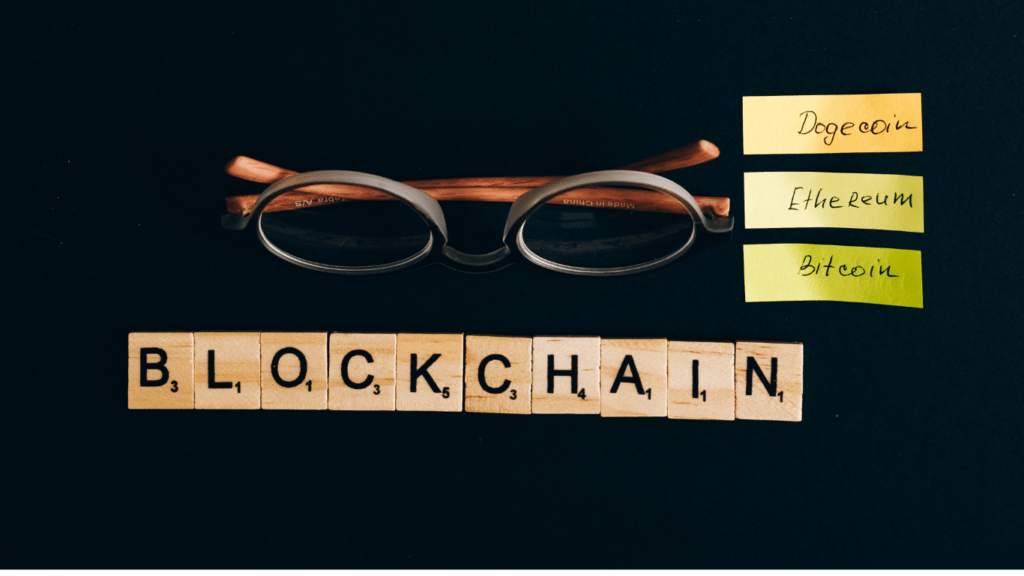Understanding Blockchain Basics
What Is Blockchain?
Blockchain acts as a distributed ledger technology that records transactions across multiple computers. Each transaction, or “block,” links to the previous one, forming a “chain” of data.
This chain ensures transparency and resistance to modification.
Bitcoin, created in 2009, was the first practical blockchain application. Other cryptocurrencies, like Ethereum and Litecoin, followed, adding functionalities like smart contracts and dApps.
Key Features of Blockchain Technology
- Decentralization: Blockchain operates on a network of nodes rather than a central server, reducing single points of failure and increasing system resilience. Each node contains a copy of the blockchain, ensuring data consistency.
- Immutability: Once added to the blockchain, data cannot be altered without network consensus. This trait enhances security for applications relying on accurate records.
- Transparency: Transactions recorded on a public blockchain are visible to anyone, promoting accountability. For instance, Bitcoin’s blockchain allows users to track all transactions since its inception.
- Security: Cryptographic algorithms secure blockchain transactions, making unauthorized alterations nearly impossible. Networks also use consensus mechanisms, such as Proof of Work or Proof of Stake, to validate transactions.
- Smart Contracts: These self-executing contracts automatically enforce and execute the terms agreed upon by parties. Ethereum popularized smart contracts by embedding them into its blockchain, enabling decentralized applications.
- Tokenization: Blockchain enables representation of assets as digital tokens, facilitating trading and ownership transfer across various industries. Tokenization extends beyond cryptocurrencies to include assets like real estate and art.
- Efficiency: By removing intermediaries, blockchain streamlines transaction processes. This not only reduces costs but also accelerates transaction speed. For example, cross-border payments using blockchain are faster compared to traditional banking systems.
Exploring Smart Contracts
Defining Smart Contracts
Smart contracts are self-executing contracts with the terms of the agreement directly written into code. These programs run on blockchain, ensuring transparency and decentralized execution.
Through smart contracts, trust and security are maintained without intermediaries.
How Smart Contracts Work
Smart contracts operate on a deterministic logic where conditions are encoded in a “if/then” structure.
For example, one can create a contract for a crowdfunding campaign where funds transfer to a project only if contributions exceed a predefined amount by a specific date.
The blockchain records these conditions, and once met, the contract triggers the desired actions automatically.
Benefits and Limitations of Smart Contracts
Smart contracts offer numerous advantages. These include enhanced security due to encryption and decentralization, reduced costs by eliminating intermediaries, and faster execution times.
Ethereum, for instance, facilitates smart contract deployment, making developers capable of creating versatile dApps (decentralized applications) efficiently.
However, limitations exist. Errors in code can lead to failures or security vulnerabilities, and modifying an active smart contract isn’t straightforward due to blockchain’s immutability.
Additionally, smart contracts rely on the accuracy of inputs, and any incorrect data can result in unintended outcomes.
Introduction to Decentralized Applications (dApps)
What Are dApps?
Decentralized Applications (dApps) are software applications that run on a blockchain network rather than a centralized server.
Unlike traditional apps, dApps operate on a peer-to-peer network, ensuring that no single entity controls the app.
By leveraging blockchain protocols, dApps offer enhanced security, transparency, and immutability.
dApps use smart contracts to facilitate transactions and operations within the application.
These contracts are self-executing, running on blockchain technology and ensuring that all processes are traceable and tamper-proof.
Examples of dApps include decentralized finance (DeFi) platforms, gaming applications, and social media networks.
The Relationship Between dApps and Smart Contracts
Smart contracts are the backbone of dApps, serving as the underlying code that governs the application’s functionality. dApps use these contracts to execute predefined operations autonomously without the need for intermediaries.
This interdependence ensures that all transactions and operations within the dApp are transparent and secure.
For instance, a dApp for a decentralized marketplace would use smart contracts to manage listings, process payments, and handle dispute resolutions.
Each transaction would execute automatically according to the contract’s logic, ensuring trust and efficiency.
Examples of Successful dApps
Several dApps have gained significant traction and success. Ethereum-based Uniswap, a decentralized exchange, allows users to trade cryptocurrencies directly without intermediaries.
Similarly, Aave, a DeFi platform, enables lending and borrowing of digital assets through smart contracts.
CryptoKitties, a blockchain-based game, popularized the concept of unique digital collectibles. By using smart contracts, it enabled players to buy, sell, and breed virtual cats securely.
Another notable mention is Brave, a web browser that rewards users with Basic Attention Tokens (BAT) for viewing ads, demonstrating the diverse applications of dApps in real-world scenarios.
Practical Guide to Getting Started with Blockchain Development

Choosing the Right Blockchain Platform
Selecting the right blockchain platform is crucial. Ethereum, Binance Smart Chain (BSC), and Polkadot offer well-established ecosystems for development. Ethereum’s vast developer community provides extensive resources and support.
Pinance Smart Chain boasts low transaction fees, making it cost-effective.
Polkadot enables cross-chain compatibility, allowing seamless interaction between different blockchains.
Here’s a summary table of the key features:
| Platform | Key Features |
|---|---|
| Ethereum | Extensive resources, large community |
| Binance Smart Chain | Low fees, fast transactions |
| Polkadot | Cross-chain compatibility |
Tools and Languages for Smart Contract Development
Smart contract development requires specific tools and languages. Solidity is the most widely used due to its compatibility with Ethereum.
Remix IDE is an excellent browser-based tool for writing, testing, and deploying smart contracts. Truffle provides a development environment, testing framework, and asset pipeline.
Ganache offers a personal blockchain for Ethereum, used for testing and development.
Some common tools and languages include:
- Solidity: Essential for Ethereum smart contract development.
- Remix IDE: Browser-based tool for writing and deploying contracts.
- Truffle Suite: Comprehensive development framework.
- Ganache: Local Ethereum blockchain for testing.
Building Your First dApps
Building your first dApp involves several steps. Start by defining the dApp’s functionality.
Use Solidity for coding smart contracts if on Ethereum. Use Remix IDE to write, test, and deploy these contracts.
Connect your dApp front end with Web3.js, a JavaScript library interacting with the Ethereum blockchain.
Finally, use MetaMask for user authentication and transaction signing.
- Define functionality: Plan what your dApp should do.
- Write smart contracts: Use Solidity and Remix IDE.
- Deploy contracts: Test and deploy using Remix IDE.
- Connect front end: Use Web3.js for interaction.
- User authentication: Implement MetaMask for transactions.
Future Trends in Blockchain Development
Advanced Blockchain Development Concepts
Technological advances drive blockchain’s rapid evolution. Developers are focusing on improving scalability, interoperability, and security.
Scalability aims to handle more transactions per second. Sharding, rollups, and layer-2 solutions enhance this aspect.
Interoperability systems like Polkadot and Cosmos enable different blockchains to communicate effectively.
Improved consensus algorithms such as Proof of Stake (PoS) offer more energy-efficient security compared to Proof of Work (PoW).
These developments collectively drive the blockchain domain forward, making it more robust and versatile.
Potential Future Applications
Blockchain’s potential stretches far beyond its current applications.
Decentralized finance (DeFi) is expected to expand, offering new financial products and services.
Tokenization of real-world assets (e.g., real estate, art) can revolutionize ownership and investment. Supply chain management benefits from enhanced transparency and traceability.
Healthcare can leverage blockchain for secure patient records and data sharing. Voting systems based on blockchain ensure transparency and integrity.
These applications illustrate blockchain’s capability to transform industries, promising a broad spectrum of uses in the future.

